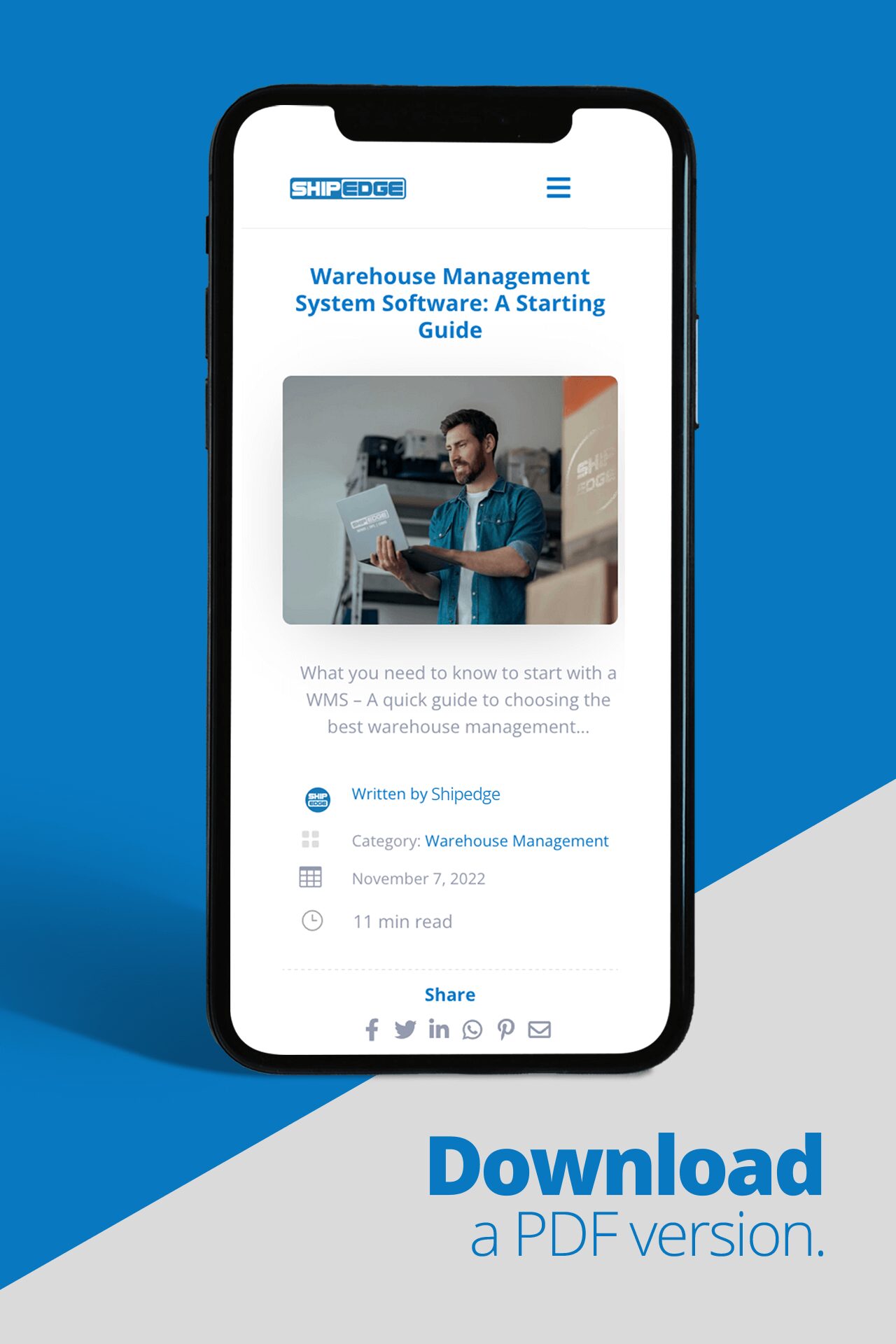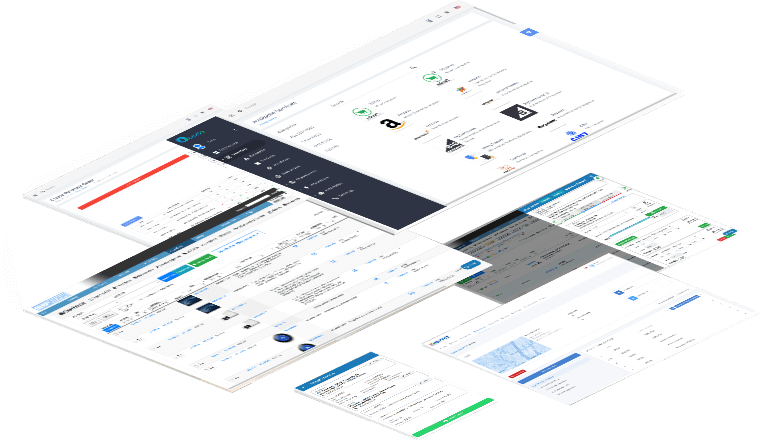Starting an eCommerce Business
This is the first post in a series of posts that will get into how to start an eCommerce business and the different things one must take into consideration when getting involved in an eCommerce business.
Quick Background On eCommerce
The term eCommerce has become extremely popular in recent years and has begun to trend a lot higher on the Internet by any metrics you look at. The reason eCommerce has taken off so greatly has many reasons to it. The large online marketplaces that have grown such as Amazon, eBay and even AliBaba has allowed for a congregation of sellers to sell their products to a large audience that visits those sites looking for anything they need from electronic accessories to kitchen wares.
You can find almost anything you need online. The term eCommerce came from the words Electronic and Commerce put into one, which just describes any sort of business, or commercial transaction, that takes, place online. ECommerce can cover a large variety of businesses from consumer based retail sites, to auction or even music sites. You can but physical products or digital products and the magic of ecommerce means that it is all a click away.
- In 2007 online sales reached almost 150 billion dollars.
- By the end of this year, 2015, eCommerce sales are forecasted to reach more than 250 billion dollars.
- ECommerce sales are going to continue to grow more and more for the foreseeable future and there is no slowdown in sight.
- There is an immense amount of money to be made and many markets still have room for many more vendors if you are looking to get into the eCommerce trade.
One of the great things about eCommerce is the fact that after you put in the initial amount of hard work to get your products out in the market and spreading the word, the business begins to grow on its own after a certain point and then continues to bring in a stead flow of an ever increasing income as long as you continue to nurture your business. This is known as residual income, or ass it has recently become to be known as passive income. Passive income is any sort of income that you make without there being a continuous large amount of effort or work to make the income.
The best thing about passive income, though, is that you are not trading your time for money. The amount of work you pint in now will continue to bring you a stead flow of cash for the foreseeable future if you play your cards right. Lets say you decide to write an eBook, which takes 100 hours to write. For the first few months you may not get much income from those 100 hours but after time if more and more people begin to hear about your book you will start making more and more income to the point where those 100 hours will continue to generate money, where if you work a normal job you just get paid an hourly wage so you will not make more than what your are paid per hour for any hour of work that you do. That is why the eCommerce business is growing so much, because people are seeing that they are able to create real businesses and sizeable incomes online with really low entry barriers that before would not seem possible.
Some decide to source products from factories or manufacturers while others go the drop shipping route, which just means you, purchase the product only when and if it sales and the manufacturer handles shipping the product to the customer so that you only handle the transaction.
Lets say you wanted to start an eCommerce store, what steps would you need to take to make your store a reality. Lets go through all the steps one would take to setup an online store so that you can become your own eCommerce expert.
Step 1 – Research Your Niche & Product
The first step would be to think of an idea or product that you wish to sell. The way to do this would be to first do your research and see what seems to be trending online. You can do this by using Google’s www.google.com/trends tool, which is very helpful in seeing the trends of certain topics online. You can also search for keyword search volumes using Google’s Keyword Planner if you have an AdSense account (and if you don’t you can create one just to get access to the Keyword Planner which will not cost you anything if you never start your first campaign). You want to usually target a niche, or very specific target market online. The niche is they key to almost any online business and most online business experts will tell you that you need to focus your attention on a niche if you want to become successful and profitable online, because trying to target too large of a target market will spread you too thin and will run up all your money if done incorrectly.
Step 2 – Source Your Product
So you have research some possible products, and found some niches that seem to be trending. Now what? Well you need to start finding for a place to source that product. You can go do this in many different ways. You can purchase the inventory and have it on hand so that you just have to ship it when you make a sale, which requires some money upfront to buy the inventory. Or you can decide to go an easier route which is the drop shipping route, which just means you find a source or manufacturer that does not mind offering you their products or inventory so that you can sell their products for them and they will give you their inventory at a wholesale price so that you can make some money and they handle the shipping for you.
Drop shipping is the easiest way to get involved with eCommerce since there is no need for serious startup cash since you will never have to purchase a bunch of inventory upfront. If you do decide to go with the having inventory route then you can go to certain sites online which have manufacturers that are willing to source inventory for you such as www.alibaba.com which puts you in contact with factories in China who are willing to sell you a certain minimum order quantity for a cheaper price that you have to purchase and then ship it to your own warehouse.
Step 3 – Fulfilling Orders (Quick Overview)
To get started most people usually handle the packaging and shipping themselves to start off but after you start getting a certain amount of business you need to start looking at fulfillment warehouses that will store your inventory and ship it out for you for a cost. This takes a huge burden off of your shoulders and they take care of returns as well. You can use Amazon’s Fulfillment By Amazon (FBA) service, which they offer their fulfillment warehouses to you for a fee.
Step 4 – Setting Up Your Store/Account On Marketplaces
The rest of the process is just marketing your online store, which you can set up through a web developer, or you can use one of the many online eCommerce applications available. You can use a marketplace that already exists to sell your product such as Amazon, eBay, etc. Or you can build your own online store using software such as Shopify or WooCommerce (That uses WordPress). There are many options out there to run your online store and we could do a post on those different options alone, which we probably will in the future but afterwards you need to start marketing and growing your business using normal online marketing tactics such as social media, SEO, inbound marketing, content marketing, and many other strategies available.
This is a series of posts that will get into the eCommerce online business model to guide aspiring online entrepreneurs to start their own online eCommerce businesses and this was mostly an introduction to get you familiarized with the different things you have to think about when thinking about starting an eCommerce business but we will get more in depth into the entire process and break it down step by step in the upcoming posts.
FREE ECOMMERCE GUIDE
Subscribe to our newsletter at www.shipedge.com or visit http://www.thelegitblog.com/ecommerce-success-amazon-edition/ (free eCommerce entrepreneurship blog for online entrepreneurs) if you wish to receive the Optimized eCommerce Guide, which is one of the most extensive and detailed eCommerce guides on the web for free!














0 Comments